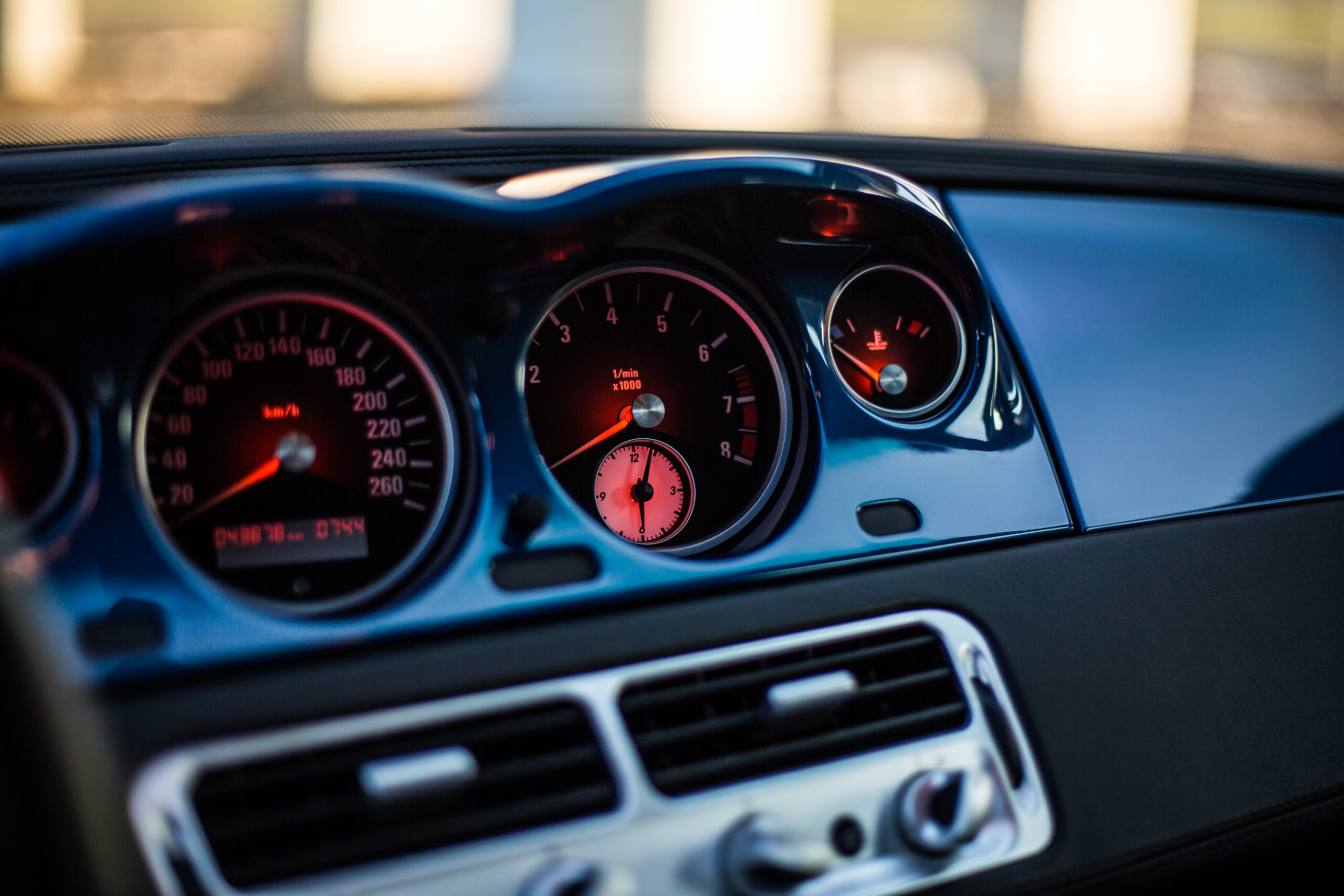Engine temperature warning lights are crucial indicators that alert drivers to potential issues with their vehicle’s cooling system. The cooling system plays a vital role in maintaining the engine’s optimal temperature and preventing overheating, which can lead to severe damage and costly repairs. In this article, we will discuss the significance of engine temperature warning lights, the common causes of overheating, and essential preventive measures to avoid overheating-related problems.
Understanding Engine Temperature Warning Lights: The engine temperature warning light, often depicted as a thermometer or thermometer inside a water droplet, illuminates on the vehicle’s dashboard when the engine’s temperature exceeds the normal operating range. The warning light serves as a visual signal to drivers that immediate action is necessary to prevent engine damage due to overheating.
Causes of Engine Overheating:
- Insufficient Coolant: A low coolant level is one of the primary causes of engine overheating. Coolant, also known as antifreeze, plays a crucial role in absorbing and dissipating the excess heat generated by the engine. If the coolant level is low due to a leak or inadequate maintenance, the cooling system’s effectiveness is compromised, leading to overheating.
- Coolant Leaks: Leaks within the cooling system, such as from a radiator hose, water pump, or radiator, can result in a loss of coolant. As coolant levels drop, the engine is unable to maintain a stable temperature, leading to overheating.
- Malfunctioning Thermostat: The thermostat is responsible for regulating the flow of coolant through the engine. If the thermostat fails to open at the appropriate temperature, it can impede the coolant circulation, causing the engine to overheat.
- Faulty Radiator Fan: The radiator fan helps dissipate heat by drawing air through the radiator. If the fan malfunctions or fails to turn on when needed, the engine’s cooling efficiency is compromised, leading to overheating.
Preventive Measures to Avoid Engine Overheating:
- Regular Maintenance: Follow the manufacturer’s recommended maintenance schedule, including regular coolant checks and changes. Adequate coolant levels and a well-functioning cooling system are crucial for preventing overheating.
- Check for Leaks: Regularly inspect the cooling system for any signs of coolant leaks, such as puddles under the vehicle or low coolant levels. Address any leaks promptly to prevent coolant loss and potential overheating.
- Monitor Coolant Levels: Check the coolant level regularly, especially before embarking on long trips or during hot weather conditions. Ensure the coolant reservoir is filled to the recommended level and top it up if necessary.
- Inspect Radiator and Hoses: Periodically inspect the radiator and cooling system hoses for any signs of damage, such as cracks, bulges, or leaks. Replace any damaged components to maintain the integrity of the cooling system.
- Maintain Proper Airflow: Ensure the radiator and condenser are clean and free from debris. Check that the radiator fan is functioning correctly, engaging when the engine temperature rises.
- Avoid Overloading: Avoid overloading your vehicle, as excessive weight can strain the engine and cooling system, leading to increased heat generation and potential overheating.
- Respond to Warning Lights: If the engine temperature warning light illuminates, take immediate action. Safely pull over to a well-ventilated area, turn off the engine, and allow it to cool down. Contact a professional mechanic to diagnose and address the cause of the overheating before continuing your journey.
Engine temperature warning lights are essential safety features that alert drivers to potential issues with their vehicle’s cooling system and the risk of overheating. By understanding the causes of overheating and adopting preventive measures, such as regular maintenance, coolant checks, and prompt repairs, drivers can effectively avoid engine overheating and the associated damages. Remember, maintaining a properly functioning cooling system is crucial for the longevity and reliable performance of your vehicle’s engine.











